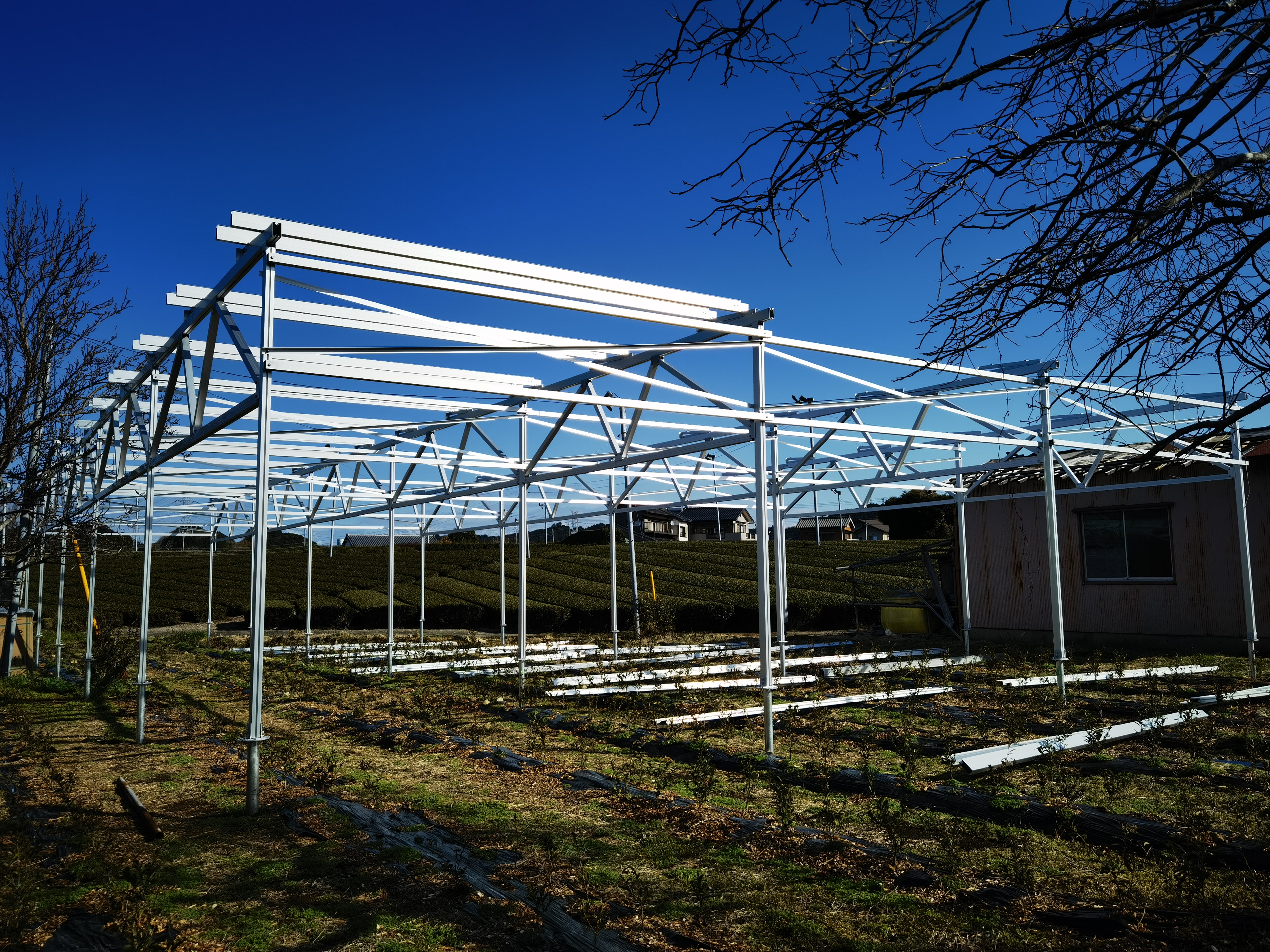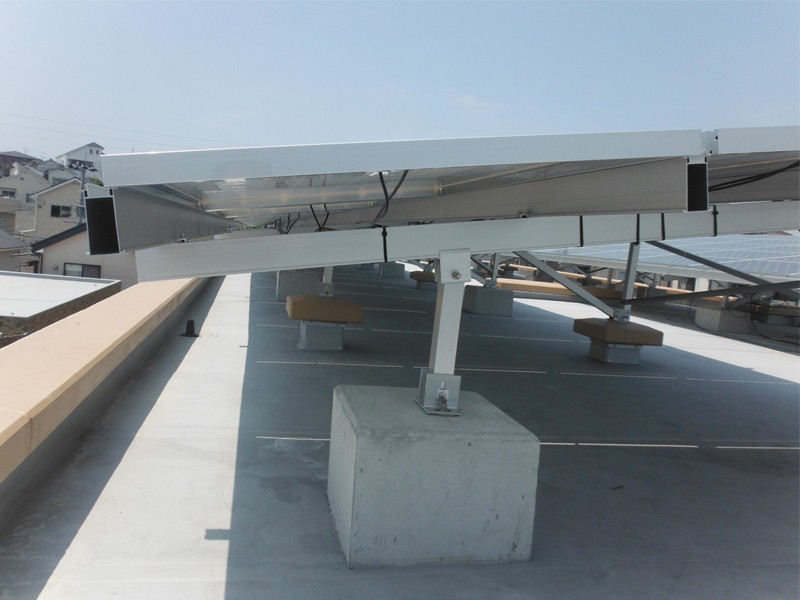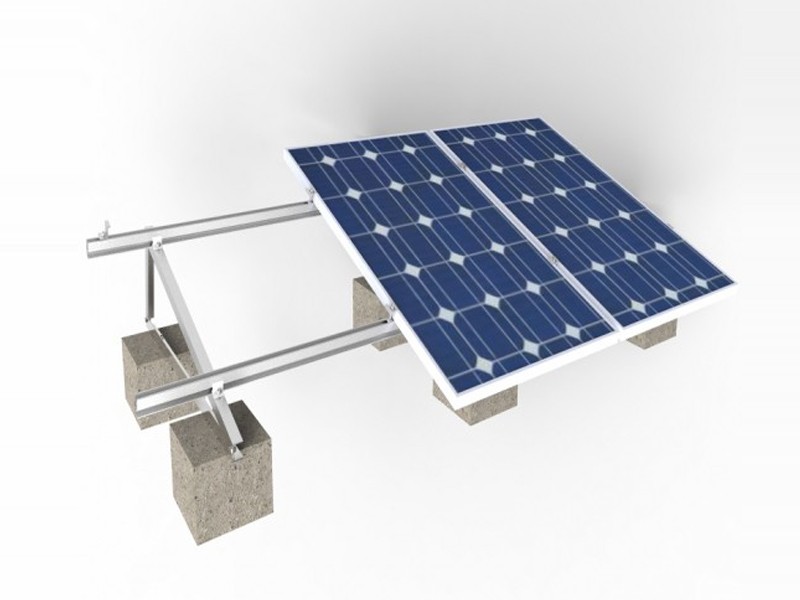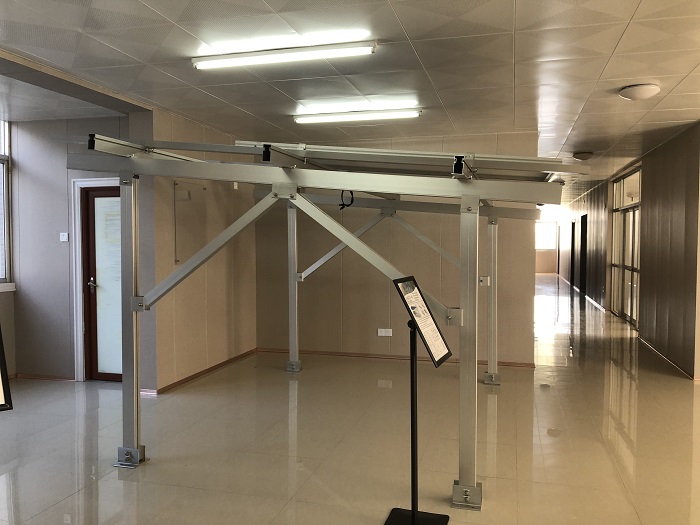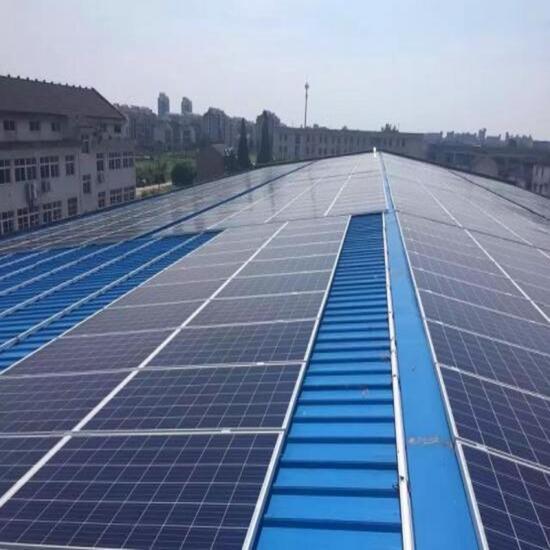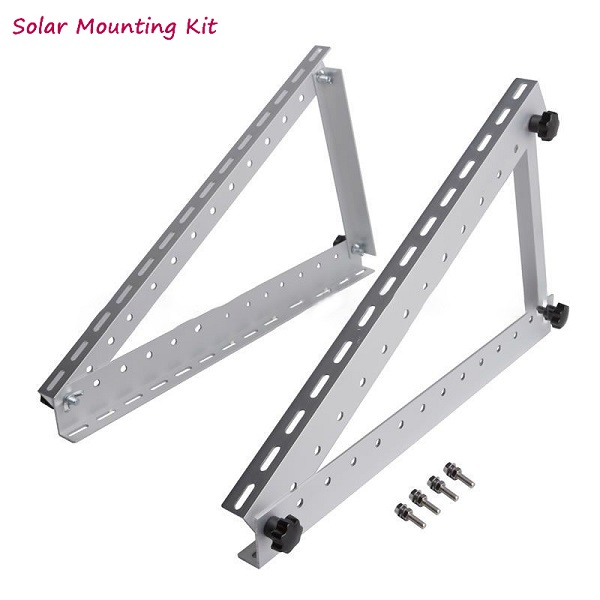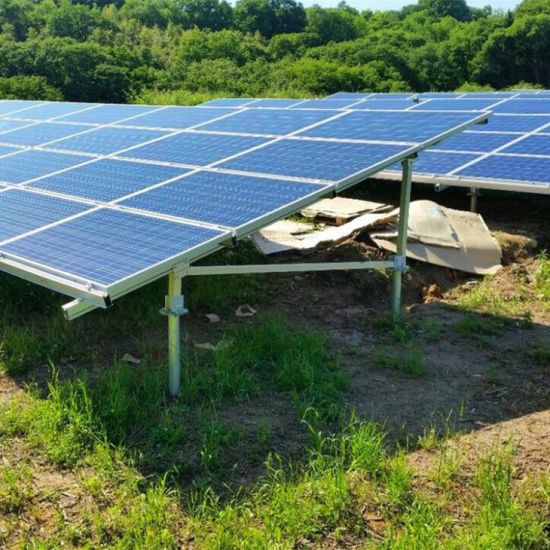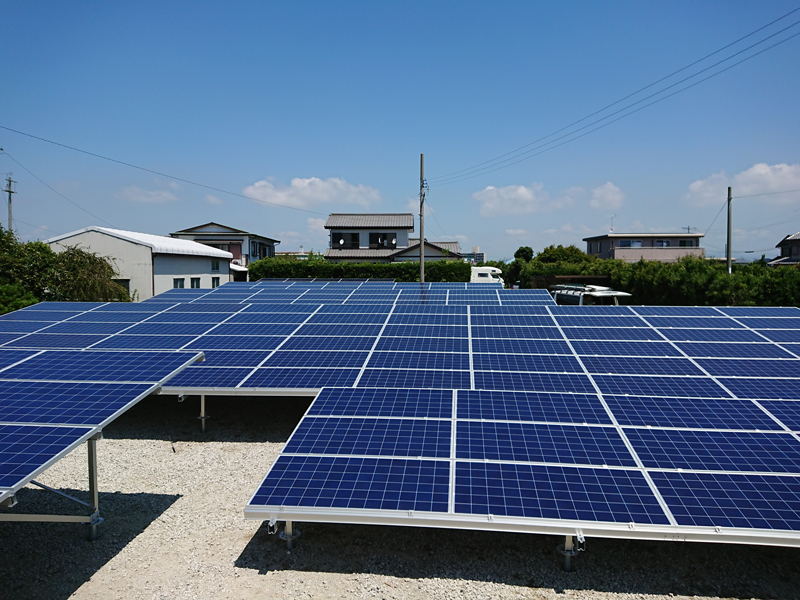Land use and aesthetic concerns have become significant as solar energy adoption grows. In response, some communities have banned utility-scale solar energy projects. Solar farms, which occupy large land areas, can disrupt habitats and cause land use conflicts, particularly when sited on prime agricultural lands or natural habitats. Despite these challenges, solar developers can implement strategies to make their projects more sustainable and appealing. By focusing on environmental stewardship, developers can address community concerns and demonstrate that solar farms can coexist with local ecosystems and land uses.
According to USA Today, “At least 15% of counties in the U.S. have effectively halted new utility-scale wind, solar, or both… These limits come through outright bans, moratoriums, construction impediments, and other conditions that make green energy difficult to build.”
Why Are Some Communities Banning Solar Farms?
Communities are banning solar farms mainly due to concerns about land use, such as the loss of prime agricultural land and disruption to natural habitats. Aesthetic issues, potential declines in property values, and inadequate management of local ecological impacts also contribute to resistance against these projects. Addressing these concerns with sustainable and community-focused strategies can help mitigate opposition to solar energy farms.
One way to mitigate concerns is to implement solar farm sustainability strategies that provide numerous benefits throughout the community. These strategies are crucial for conserving natural resources, making solar farms more visually appealing, and promoting biodiversity. They ensure the environmental and economic benefits of solar energy are maximized over the long term. Here are seven sustainability strategies to consider when developing a solar farm.
1 - Solar Site Selection and Planning
The importance of conducting a thorough environmental impact assessment cannot be overstated. It is a crucial step in identifying and mitigating potential ecological disruptions when establishing a solar farm. This evaluation helps select solar farm locations that minimize harm to local wildlife and ecosystems and is a key part of responsible solar farm development.
Prioritizing rooftop installations over ground-mounted panels can significantly reduce land use conflicts and preserve natural landscapes. When ground installations are necessary, selecting previously disturbed or degraded lands, such as capped landfills or brownfields, can significantly mitigate the environmental impact on pristine areas. Human activity has already altered these sites, making them ideal for repurposing into solar farms without further disrupting natural habitats. In fact, solar farms on these properties create economic opportunities where few exist.
Avoid siting solar farms on prime agricultural lands and undisturbed natural habitats, as these areas are valuable for food production and biodiversity. In particular, steering clear of locations with critical wildlife habitats and ecologically sensitive regions helps prevent significant ecological disruption. Prioritizing already degraded or previously developed sites can mitigate environmental impacts and reduce land use conflicts when siting solar farms.
2 - Sustainable Materials for Solar Farms
Selecting sustainable materials is critical for enhancing the environmental benefits of solar energy projects. High-efficiency solar panels, which generate more electricity per square meter, are a top choice as they maximize energy output while minimizing the land area required. Brands like SunPower and First Solar are known for their high-efficiency panels and commitment to sustainability. Also, using recyclable and environmentally friendly materials can significantly reduce waste.
Companies such as REC and Canadian Solar incorporate recycled materials in their manufacturing processes, setting industry standards for sustainability. Likewise, choosing durable and long-lasting components helps minimize the need for frequent replacements, reducing both waste and long-term maintenance costs.
Aluminum and steel are preferred for mounting systems due to their recyclability. These metals can be easily recycled at the end of the system's lifecycle, making them a sustainable choice for solar installations. Solar energy projects can significantly lower their environmental impact and enhance sustainability by integrating high-quality, recyclable, and efficient materials.
3 - Sustainable Practices in Solar Farm Installation
Adopting best practices during the installation phase is crucial for minimizing the environmental impact of commercial solar projects. Minimizing soil disturbance and protecting existing vegetation are key strategies to maintain soil health and prevent erosion at solar farms. For example, no-till installation and using existing tracks for machinery can reduce soil disruption. Preserving natural vegetation around the solar project site that doesn't shade the array helps stabilize the soil and maintain local biodiversity.
Proper waste management is another critical component. Recycling packaging materials, such as cardboard and plastic, and responsibly disposing of non-recyclable waste, like certain electronic components, can significantly reduce the environmental footprint.
In addition, implementing erosion control measures, such as silt fences and sediment basins, helps prevent soil runoff and protects nearby water bodies from sedimentation, which is critical for aquatic life. Ensuring the solar installation crew is trained in environmentally friendly practices can also help.
4 - Wildlife-friendly Fencing Around Solar Farms
Developing wildlife habitat around solar farms requires a nuanced approach to fencing that balances security measures with ecological benefits. An effective strategy involves designing fencing solutions that support both the protection of the solar infrastructure and promoting biodiversity. Using permeable fencing, establishing wildlife corridors, and making seasonal adjustments are all effective methods for enhancing the ecological value of solar farm environments while ensuring security and operational efficiency.
Permeable fencing allows smaller wildlife species to traverse the barrier without compromising security. Methods to achieve this include:
Raising the Fence: Elevating the bottom of the fence by a few inches off the ground creates a gap that small animals can use while keeping larger animals out.
Wildlife-Friendly Mesh: Employing fencing materials with mesh that has openings small enough to prevent intrusion by larger animals but large enough to allow smaller creatures to pass through.
Another important strategy is the creation of wildlife corridors around solar farms. These corridors are designated areas where fencing is intentionally omitted or modified to allow safe passage for larger animals. Designing these corridors involves:
Strategic Gaps: Integrating gaps or low-traffic zones in the fence line to facilitate wildlife movement.
Dedicated Pathways: Establishing specific routes that guide animals through or around the solar farm without disrupting their natural behaviors or migrations.
To further align with wildlife needs, seasonal adjustments to the fencing system can be made to accommodate migration patterns and other seasonal behaviors. This involves:
Adjusting Fence Heights: Raising or lowering the fence depending on the season to ensure that amphibians, reptiles, and other wildlife can navigate their environments effectively.
Periodic Gaps: Introducing temporary or adjustable gaps during key migration periods to allow animals to access different areas as needed.
Enhancing Solar Farm Appeal With Sustainability
In recent years, some communities have started to ban solar farms due to concerns over land use, visual impact, and potential effects on local ecosystems. Numerous counties across the United States have enacted moratoriums or outright bans on developing new renewable energy projects. These actions are driven by fears that large-scale solar installations might disrupt rural landscapes, affect property values, or interfere with agricultural activities and wildlife. As a result, solar developers face increasing pressure to demonstrate that their projects offer more than just clean energy and positively contribute to local communities.
Solar developers can emphasize sustainable practices that align with local values to counteract these concerns and make solar farms more attractive. Implementing native wildflowers as groundcovers supports local biodiversity and enhances solar farms' visual appeal. Vegetative buffers, such as planting hedgerows and native shrubs along the perimeter, can provide wildlife habitats and create aesthetically pleasing green spaces that minimize the visual impact of solar farms. Solar developers can demonstrate their commitment to local communities by adopting these sustainable strategies, potentially easing community objections and fostering support for future solar energy projects.
